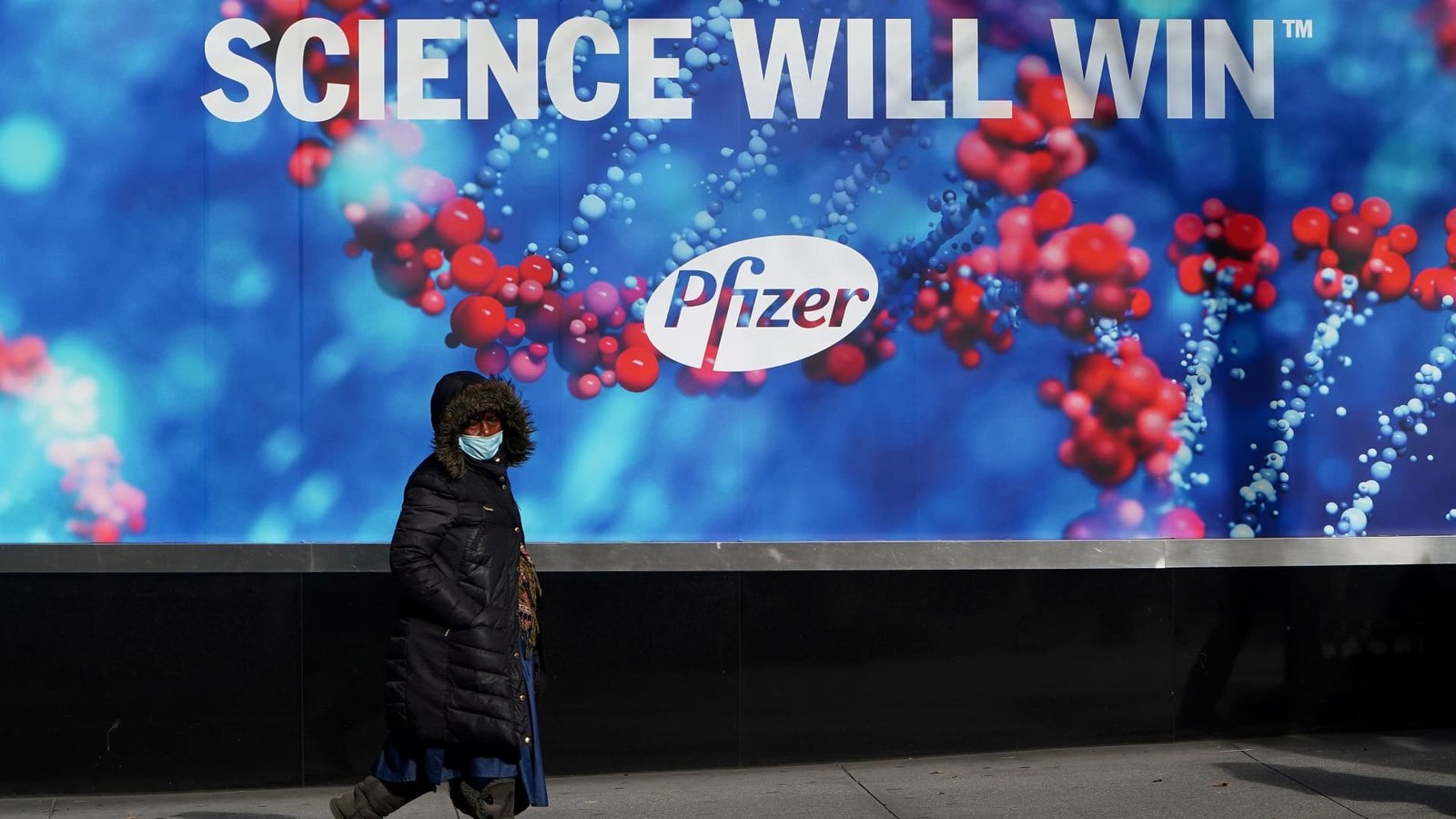In this article, the Food and Drug Administration has approved Eli Lilly’s weight loss drug Zepbound for treating patients with obstructive sleep apnea (OSA), a common sleep-related breathing disorder. This approval expands the drug’s use and may lead to broader insurance coverage in the U.S.
Zepbound, administered weekly via injection, is now the first drug treatment option approved for patients with obesity and moderate-to-severe OSA. OSA involves interrupted breathing during sleep due to narrowed or blocked airways. The FDA emphasized that Zepbound should be used alongside a reduced-calorie diet and increased physical activity.
Eli Lilly estimates that around 80 million Americans suffer from OSA, with approximately 20 million having moderate-to-severe forms. However, the company notes that 85% of cases remain undiagnosed. Advocates stress the importance of recognizing OSA symptoms and available treatments like Zepbound to improve health outcomes.
Eli Lilly plans to launch Zepbound for OSA early next year. This approval marks the drug’s first beyond obesity treatment. Zepbound, containing the active ingredient tirzepatide, is also being explored for other obesity-related conditions such as fatty liver disease.
The FDA’s decision could facilitate broader insurance coverage for Zepbound, which is often not covered by many insurance plans, including Medicare. The approval underscores the potential health benefits associated with GLP-1s, a class of weight loss and diabetes treatments. Zepbound’s competitor, Wegovy from Novo Nordisk, is not approved for OSA.
Zepbound offers a promising treatment option for OSA patients, addressing symptoms like loud snoring and excessive daytime sleepiness that can lead to severe complications like stroke and heart failure. Patients currently have limited treatment options beyond using PAP machines for positive airway pressure.
Clinical trials have shown Zepbound’s effectiveness in reducing OSA severity and achieving disease resolution in nearly half of patients. The drug demonstrated better outcomes compared to a placebo, with significant improvements in the apnea-hypopnea index (AHI), a measure of breathing disruptions during sleep. Disease resolution for OSA is defined as having fewer than five AHI events per hour or meeting specific criteria for excessive daytime sleepiness.




